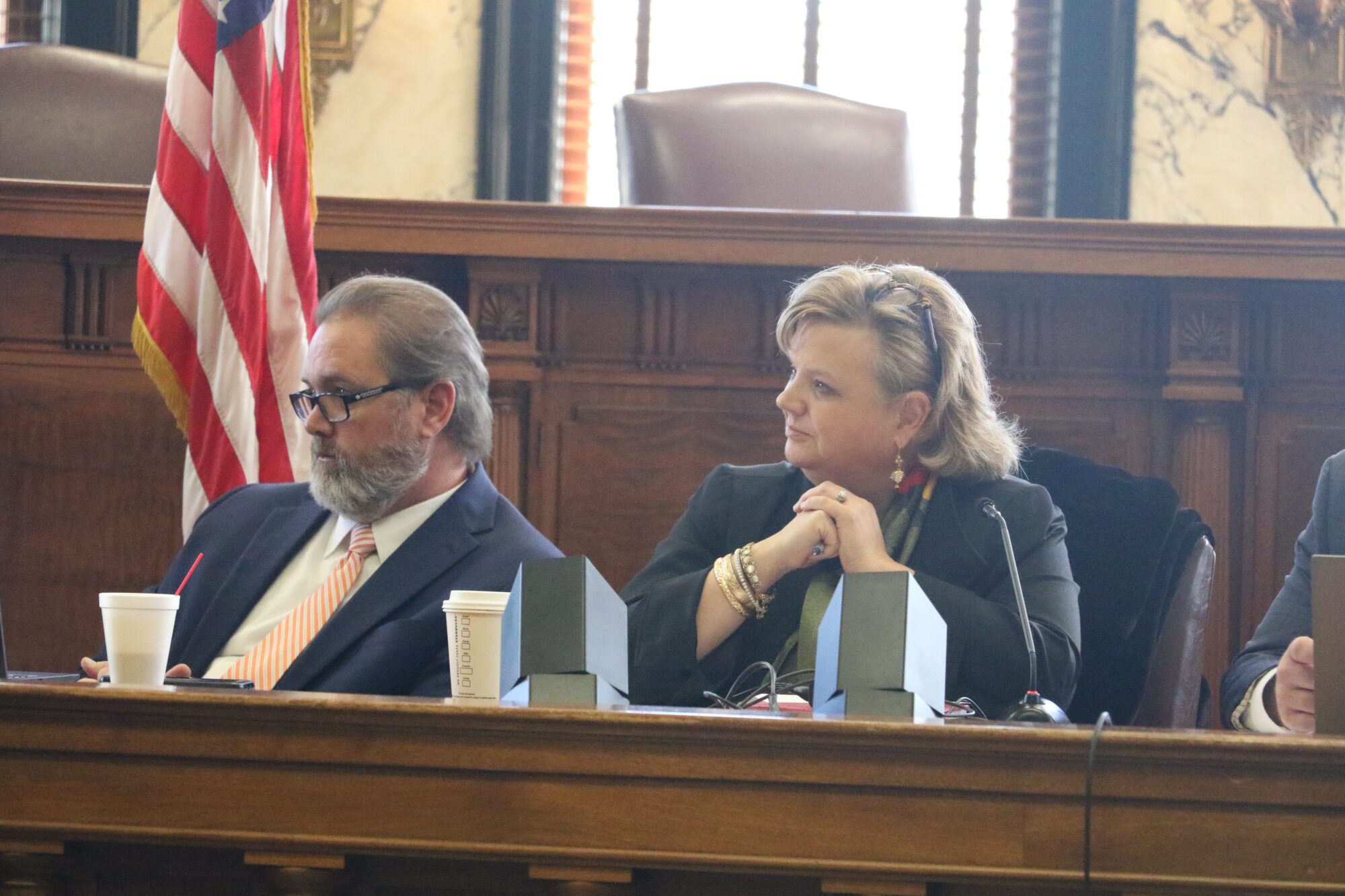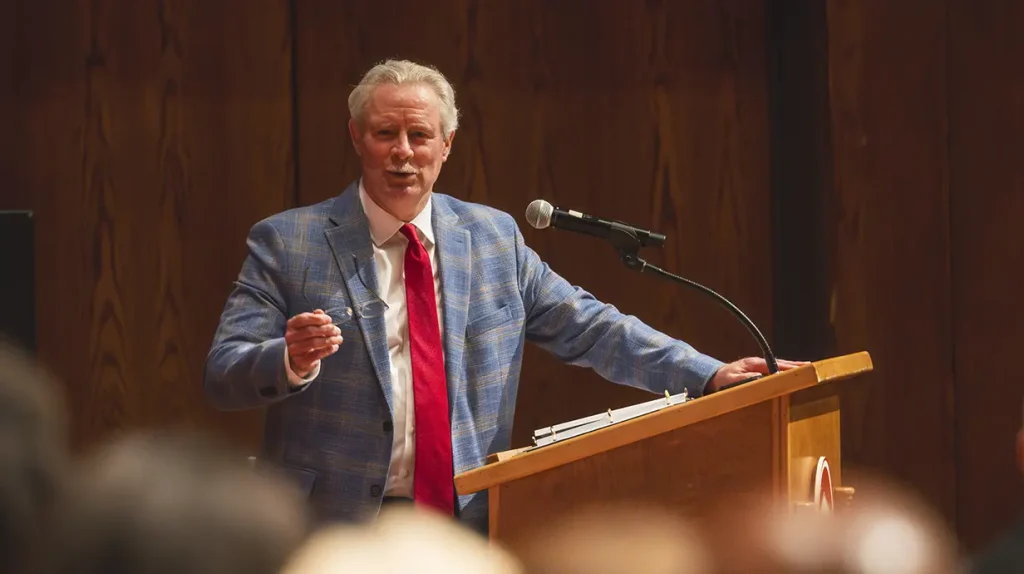GRANT CALLEN / EMPOWER MS: School Choice A Boon For Jackson
For more than a decade, cities throughout America have seen a resurgence of millennials and young professionals opting to live in urban areas rather than the suburbs, as was common with previous generations. Jackson has seen a similar shift in Fondren and other areas, and yet once families have school-age children there is a mass exodus to the suburbs. Sure, some stay in Jackson and pay for private schools, but for most poor and working class families, school tuition is cost prohibitive.
Jackson, whose population peaked in the 1980s at a little over 200,000, has seen the out-migration continue with 2014 population estimates of 171,155. This is down about 2,400 residents since the last Census in 2010.
Jackson’s loss has been the suburbs gain. Rankin County has grown from 116,000 residents in 2000 to over 148,000 today. The population in Madison County has increased from 75,000 in 2000 to nearly 102,000. Even within Hinds County, Clinton’s population has grown by about 10 percent, from 23,000 in 2000 to over 25,000 today.
And what was once dubbed white-flight could more accurately be considered middle-class flight in 2015. The African American population in every city bordering Jackson has grown, significantly in many cases. Since 2000, the African American population has quadrupled in Byram, doubled in Ridgeland and Madison, and grown by 50 percent in Pearl, Brandon, and Clinton.
Over the past half-century much has been studied, written, analyzed, and debated about the reasons people move out of cities. And while there are many reasons people leave, for young families, education consistently ranks at the top. Parents with school age children want the best education for their children. As long as the ability to attend a quality school is determined by where one lives, people will always leave areas with poor performing schools in search of high quality schools.
But what about those that would prefer the city if they thought they could get a quality education?
With education choice, it is no longer an “either-or” question. Education choice allows tax dollars to follow students to the schools or services that best meet their needs, and parents have the ability to choose an education that they determine is right for their child, whether at a traditional public school, charter school, or private school.
Washington, D.C. is a prime example of a growing city with a thriving school choice program in place. D.C.’s population, which hit a 60-year low in the late 1990s, has since grown by more than 100,000 residents over the past 15 years. At the same time, parents have more options than ever in their child’s education. With options including charter schools, magnet schools, districtwide open enrollment, and a federally funded scholarship program, less than 25 percent of students attend their assigned public school. In D.C., parents truly have the ability to choose the best education for their child. As a result, we now have families that live in Virginia and Maryland falsifying residency documents to enroll their children in public schools in D.C., something that would have been unheard of a decade ago.
Jackson is moving in the right direction, as residents now have a few open enrollment options among traditional public schools, the state’s first two charter schools, two additional charter schools opening next year, and at least one low-cost high quality private school option, The Redeemer’s School. However, until all 30,000 or so school aged children in Jackson have access to high quality education options, there is more work to do.
12/10/15







